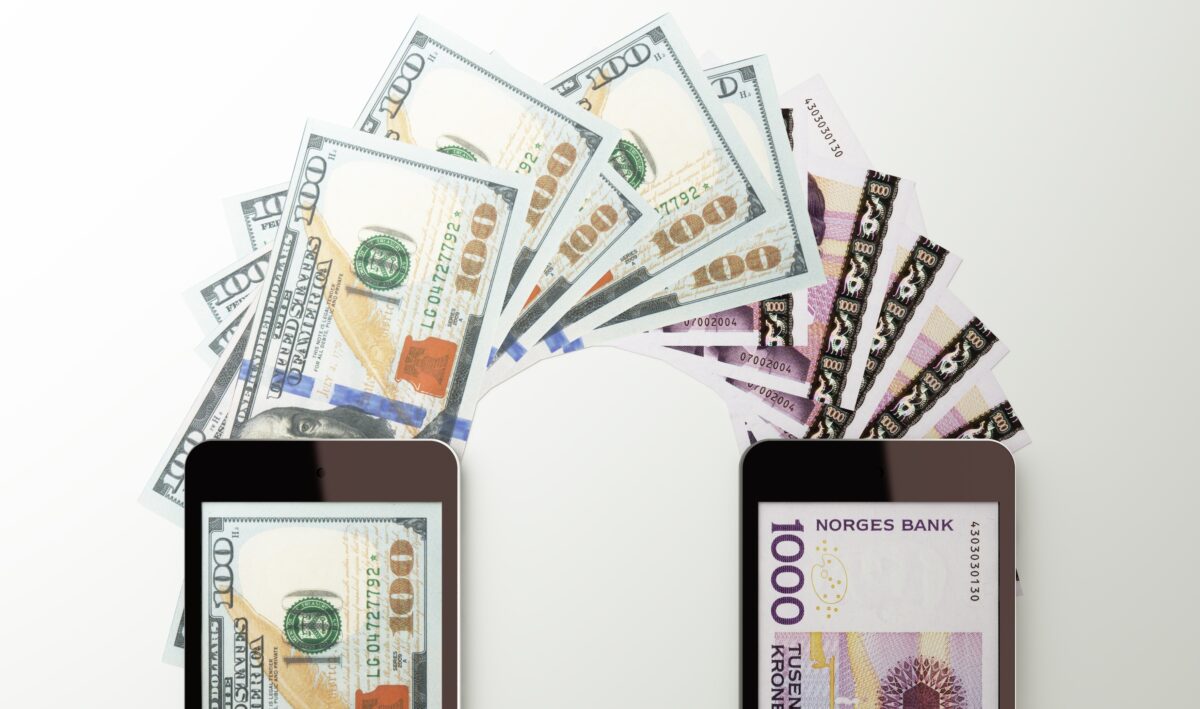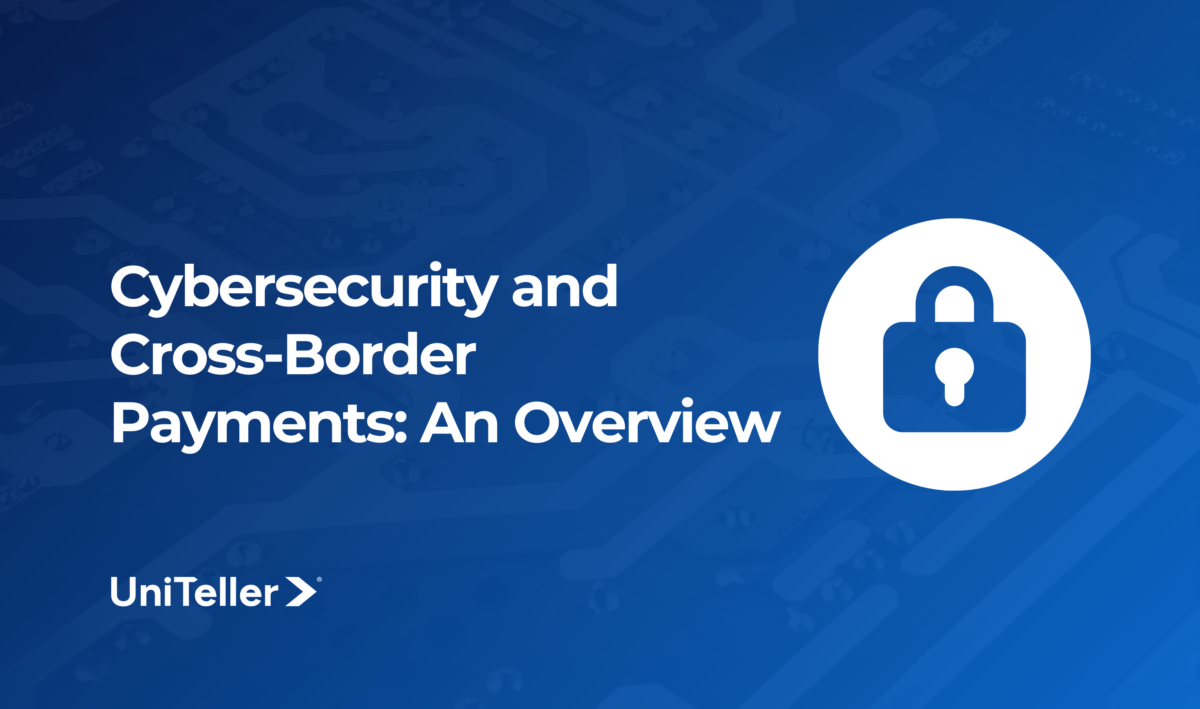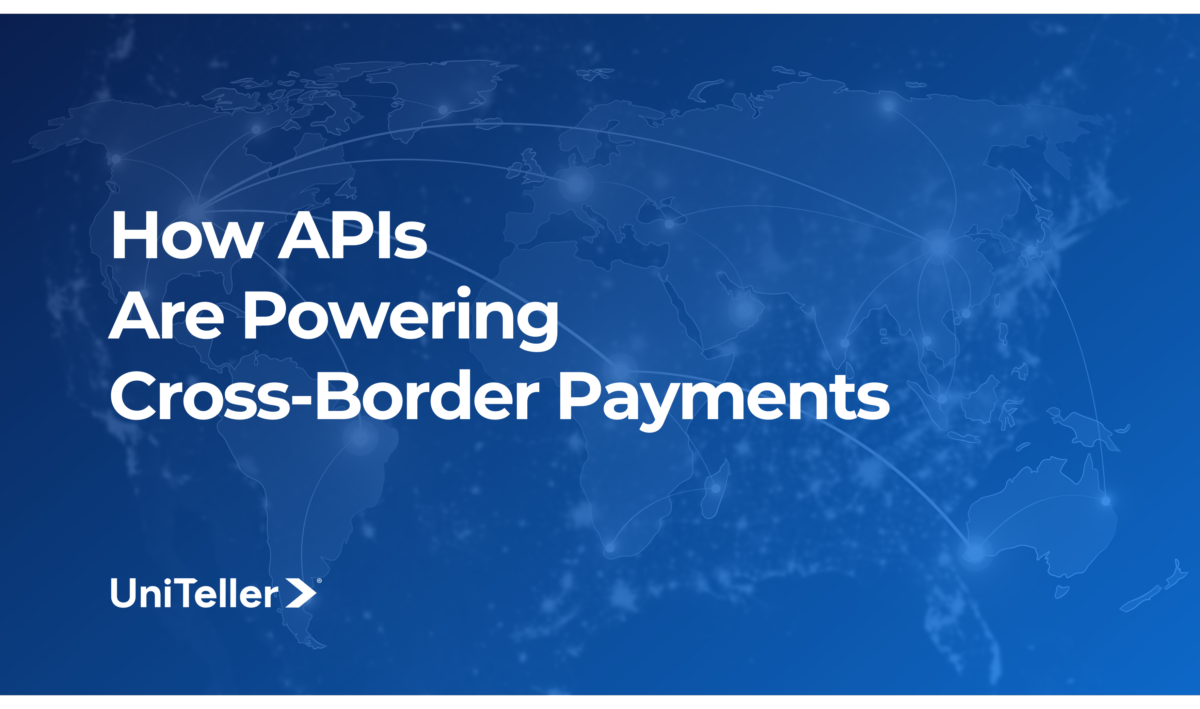The mobile revolution is underway.
Thanks to the mass adoption of smartphones, billions of consumers (and countless business owners) are sending money around the globe in record time.
Cross-border payments are no longer reserved for world governments, industry leaders, and plutocrats. In 2024, the power of cross-border payments is firmly held by individuals and entrepreneurs of all economic levels.
At UniTeller, we developed our advanced payments infrastructure for one foundational reason: to make cross-border payments accessible, secure, and affordable for everyone.
That includes emerging startups, scaling businesses, international corporations, and people who simply need to support loved ones back home.
Join us as we explore the roots of the mobile revolution, the cross-border payments market, our role in mobilizing remittance services, and the future of our interconnected economy.
The Rise of Mobile Technology in Financial Services
Where words fail, statistics excel.
To appreciate the rise of mobile adoption, we must review the numbers on a global scale. As you will see, mobile devices have penetrated nearly every geographic region, including:
- North America: Home to the world’s highest smartphone adoption rate (86%), North America is anticipated to reach 90% penetration by 2030.
Within the continental United States, 97% of consumers aged 18-49 have a smartphone, ahead of consumers between the ages of 50-64 (89%) and over the age of 65 (76%).
While North America ranks first today, it will likely be surpassed by other regions. - Sub-Saharan Africa: Though 55% of consumers in the region have mobile connectivity in 2024, Sub-Saharan Africa is en route to reach a projected 87% smartphone adoption rate by 2030.
- Asia-Pacific: In 2022, the smartphone adoption rate nearly eclipsed 80% and is on pace to exceed 90% penetration by 2030.
- Europe: Though lagging behind North America, Europe boasts a smartphone adoption rate of 82%, with the United Kingdom leading the pack (93% as of 2023).
Regarding individual countries, China and India tout the largest populations of smartphone users.
While roughly 6.6 billion people use smartphones around the globe, over 1.04 billion people in China alone have mobile connectivity. Though India ranks second in global smartphone penetration, the country is expected to have over 1.55 billion users by 2040.
As this sampling of statistics makes clear, the world is more financially interconnected than ever before.
And if the latest studies prove true, the digital world is only going to get smaller.
Benefits of Mobile Technology for Cross-Border Payments
Why are so many individuals and businesses enjoying the power of cross-border payments?
There are three reasons: it’s faster, easier, and more secure than rival payment methods.
After all, people can complete a financial transaction in seconds—wherever they want and whenever they need. Plus, they can send money for relatively negligible costs, with just a few quick taps on their device.
Convenience is king in 2024, where industry leaders and urbanites expect the world to move at the speed of “now.”
Though smartphones largely provide that luxury, mass-scale mobile adoption has also aided developing nations in empowering ways.
While unlocking cross-border payments, smartphones provide a lifeline for people in low- and middle-income (LMIC) countries to access healthcare, education, and essential financial resources.
Indeed, smartphones have been instrumental in serving underbanked populations and promoting healthy savings (and even investing) methodologies.
To that end, mobile adoption has played a leading role in pursuing the United Nations’ ambitious Sustainable Development Goals (SDGs).
Still, there are other downstream benefits of smartphone proliferation in the cross-border payments ecosystem.
Though we often take it for granted, it’s worth remembering that smartphones provide a long battery life that reduces the need for a consistent supply of electricity. In some nations—especially remote regions—such robust batteries can mean the difference between life and death, between sustenance and starvation.
Nevertheless, smartphones provide users with other conveniences, including safer financial transactions. This is particularly true in regions prone to theft and forgery.
According to the Brookings Institute, for example, Kenyan entrepreneurs rely on “mobile money” more than cash, thanks to the digital transaction history smartphones instantly provide.
And while legacy payment methods can be easily corrupted, cross-border payments are uniquely secure. Why? Because they combine an impenetrable triumvirate: state-of-the-art encryption and tokenization with multi-factor authentication.
That’s what enables cross-border payments to move from A to B securely and quickly.
Challenges and Opportunities
Despite their success, cross-border payments have two notable areas for improvement.
The first is cost, which has been a point of contention for many years. While the UN has encouraged developing nations to lower the cost of remittances, the results have been slow to come.
High fees and predatory exchange rates have driven up transaction prices across the board, with developing economies and emerging nations footing the bill.
In fact, according to the International Monetary Fund (IMF), the global average cost of sending $200 between countries is $12.50—a levy of 6.25% and well above the UN target of 3%.
While that’s the average fee, other nations are paying far more, as seen in transactions from Turkey to Bulgaria that can incur a crushing tariff of over 52%. Though that’s an extreme example, it highlights the price gouging of cross-border payments in some circles.
Compliance issues represent an equally-vexing problem—especially for providers that cannot satisfy the regulatory frictions encountered in cross-border payments.
To facilitate the demand for real-time transactions, payment networks must have systems in place that meet divergent regulatory frameworks, restrictive data regulations, and anti-money laundering (AML) expectations.
Unsophisticated solutions may incur stiff penalties and, over the long haul, the potential for customer exodus.
Cost and compliance are the cross-border battlefields of the future.
UniTeller: Our Role in Cross-Border Payments
“What do we contribute, and what do we inherit?”
At UniTeller, these are the twin questions we ask ourselves—even when the answers seem obvious.
After all, our team has spent over three decades refining a payment infrastructure that moves money around the world, in real-time. Our efforts have culminated in the advancement of a single API integration that makes cross-border payments possible for businesses of all sizes.
Our tools are affordable, reliable, and compliance-friendly—complete with comprehensive AML checks and transaction screenings.
To date, our network includes 100+ strategic partners, 105+ countries, 80+ currencies, and 200,000+ payment points for cash pick-up. That’s why our volume paid yearly exceeds $17 billion: because our framework is built for the international stage.
While that’s what we have contributed, we have undoubtedly inherited a world defined by technological advancement. Smartphones and other mobile devices have unified diverse economies, fueling financial intersectionality that few could have imagined.
Indeed, while we have entered a world of unparalleled connectivity, our infrastructure is designed to support and expand it.
To that end, we provide individuals and businesses with end-to-end digital tools including:
- Cross-Border Pay, empowering MTOs, banks, corporations, and retailers to move funds internationally.
- Cross-Border Send, delivering instant access to one of the most competitive payment networks around the world.
- Digital Link, enabling businesses to create new revenue streams with our online payment solutions.
- Instapago, uniting businesses with the remittance landscape through our network of over 100 countries.
Our other notable offerings include uLink and Oh My Card!, which are especially popular with individuals and families around the world.
At UniTeller, we’re not just here to deliver cross-border payments. We’re here to further your financial freedom in whatever way we can.
Explore our services to learn more.













